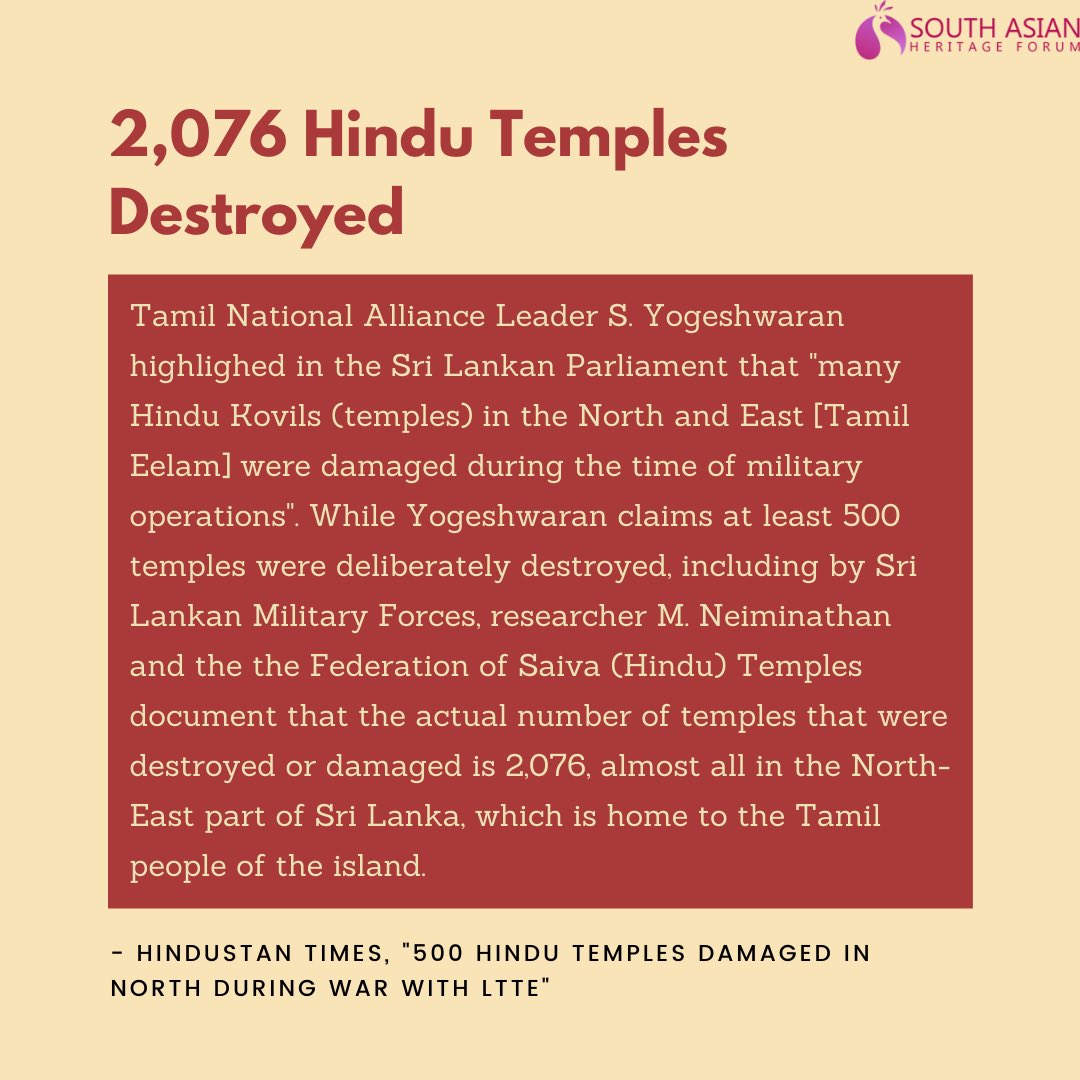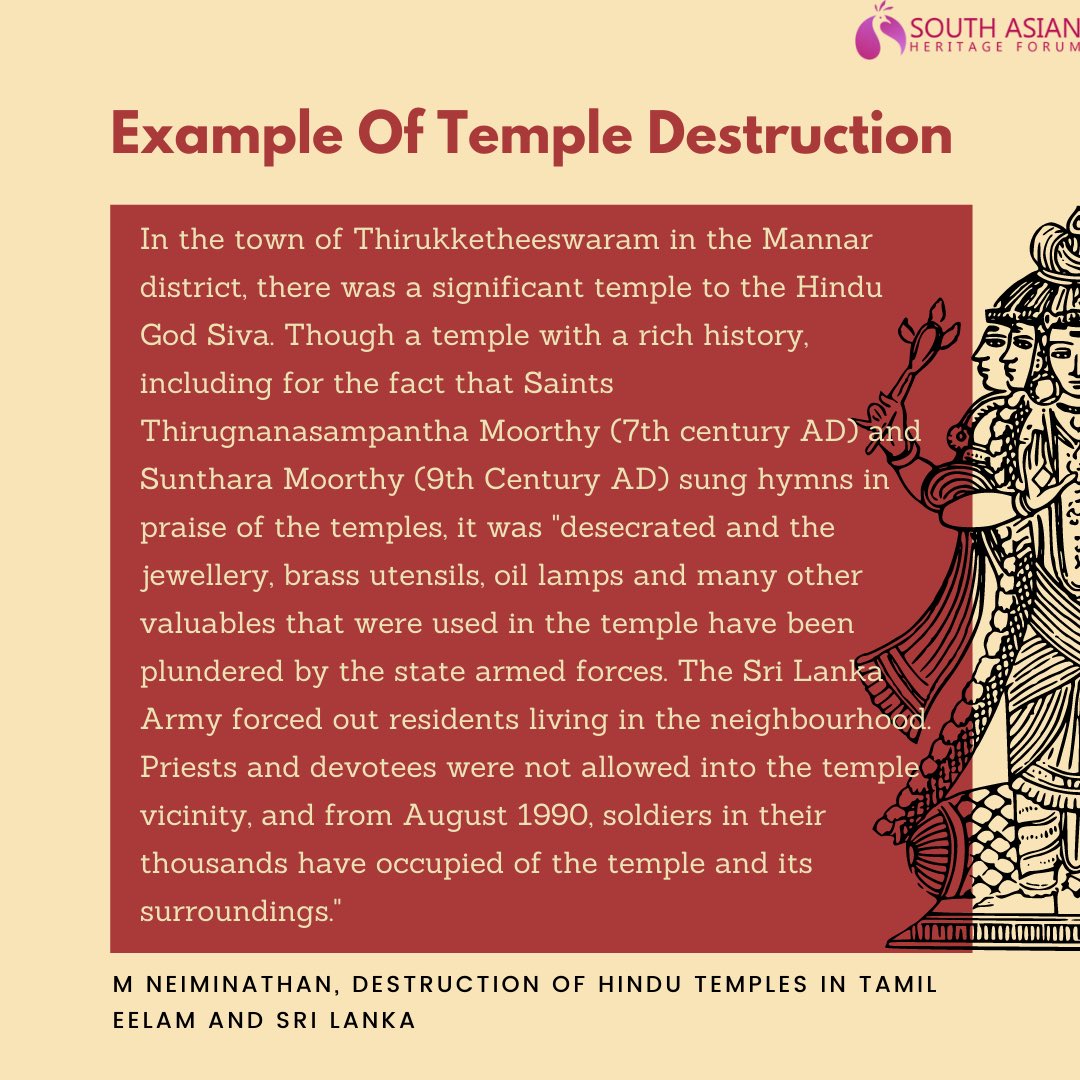A thread on the current growing anti-Shia sentiment in Pakistan:
Thousands of people rallied in Karachi on the 11th of September in a massive anti-Shia demonstration, sparking fears that it could lead to further sectarian conflict in Pakistan. Social media in the country was filled with posts, images, and videos of the protest, in which...
a sea of protestors was seen chanting "Shia are Kaffir" (Shia are disbelievers) and holding up banners of Sipah-e-Sabah Pakistan, a terrorist organization that has been involved in the killing of Shias in the nation.
The mass protest came in wake of multiple Shia leaders allegedly making anti-Islam comments violating Pakistan's brutal blasphemy laws during a televised Ashura procession in late last August, according to media reports, leading to arrests of more than 42 people by authorities.
Fringe Sunni groups are now demanding stricter blasphemy laws that would potentially negatively affect Shia Muslims and stop them from carrying out certain processions during the Islamic holy period of Muharram.
Ashura commemorates the seventh-century massacre of the Prophet Muhammad’s grandson Imam Husayn, the 3rd Imam of Shia Islam, and his family and friends at the Battle of Karbala in Iraq for refusing to pledge allegiance to the then Umayyad Caliphate ruler Yazid ibn Muawiya.
Imran Khan had tweeted on the matter on the 31st of August and was accused by numerous lawyers and activists in Pakistan of targeting the Shia community by alleging they were to blame for the current sectarian tensions.
https://twitter.com/ImranKhanPTI/status/1300330001846460417?s=20
Blasphemy is a highly sensitive issue in deeply conservative Pakistan where mere allegations have led to extrajudicial killings and mob violence, human rights campaigners have long sought the repeal of draconian blasphemy laws, arguing they are used to victimize religious...
minorities or settle personal scores.
• • •
Missing some Tweet in this thread? You can try to
force a refresh














